Undeservedly forgotten way of working with beads - mosaic decoration of Easter egg beads in wax.
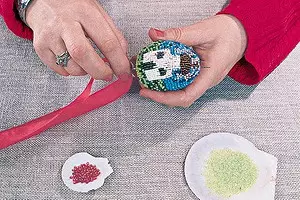
The egg is known in many countries and religions as a symbol of life. The appearance of a living organism from the dead, solid shell always caused a sacred thrill and in Mohammedan, and the Jews. High Slavs Egg was considered a source of eternal life.
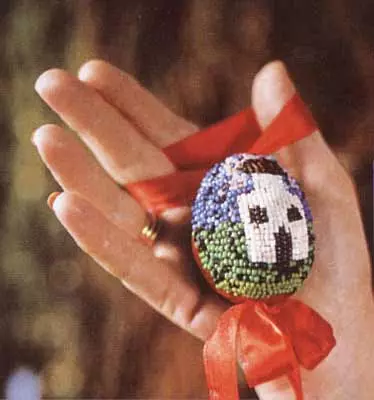
After the adoption of Christianity in Russia, the pagan holiday of the Spring meeting was organically merged with Christian Easter, among other things accepted and the tradition of giving a red egg on this day. Egg has become an indispensable Easter souvenir. Multicolored, with an ornament or pattern, decorated with her own hands, it was mandatory with loved ones, familiar, relatives, friends. Gradually, Easter eggs became genuine works of art, brightly examples of Faberge jewelry houses for members of the royal family.
Hobbating beads and glassworks in the XVIII-XIX centuries and the availability of this material to almost everyone who wished served as a reason for the use of beads and glass produce in the manufacture and decoration of Easter eggs.
The artist Tamara Sokolina, in love with this material, was told about the wide opportunities of the work of the work with beads and glassware, in love with this material. Beading products are affecting a variety of execution techniques, such as nization on the thread, embroidery on canvas, crochet and knitting knitting and many others. The Bottime Works of Tamara uses old ways of work and techniques, schemes and drawings, which herself searches and collects long-breeds in creative expeditions, foundations of the country's museums. She told us about the undeservedly forgotten way to work with the beads, famous for the CXIXVEK, but, unfortunately, not widespread in Russia.
To work you will need
egg;beads and glass cutters of various colors;Figure schemes (you can use pictures designed for embroidery with a cross);
wax or 2-3 wax candles;
Satin braid;
Long fat needle with a wide ear;
Plug for stringing beads;
electric tile;
Water bath saucepan;
Capacity for waxing;
brush to spread eggs wax (it is better to use an old brush that will not mind will be thrown);
Small pliers, the so-called "ukits";
oilcloth.
Preparation
Take the fresh egg thoroughly. Before piercing the egg, put it on 30 minutes in salty water. Then dried egg. Melt wax.
Attention! The wax should be removed not on the gas, but on the electric tile, since it is flashed. Take a saucepan, half fill with water, place a container with wax and put on the tile. It is better to cover the capacitance with a lid, since when melting the wax is sprayed.
During operation, the wax must be warm for better adhesion to the beads. Therefore, it is more convenient in the process of making eggs to keep the product under the lamp.
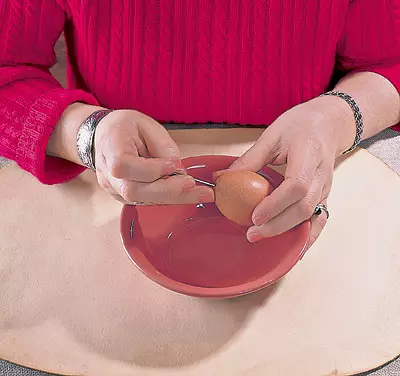
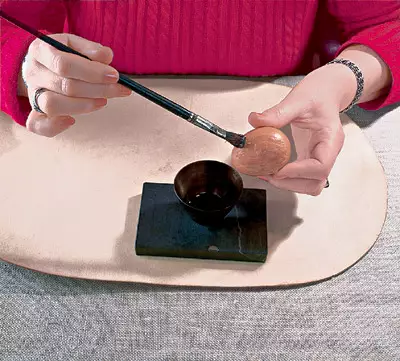
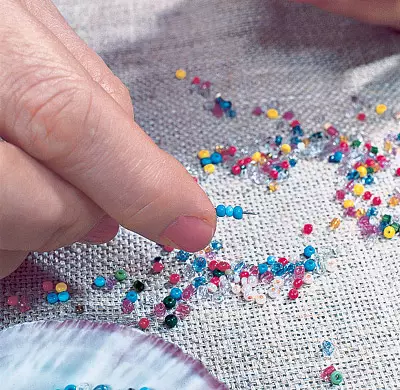
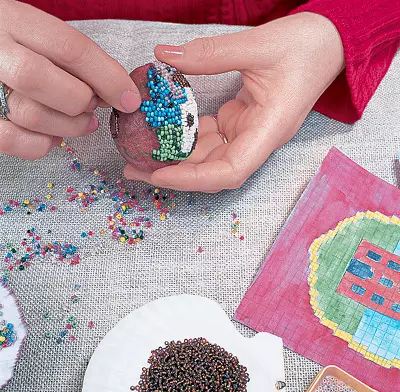
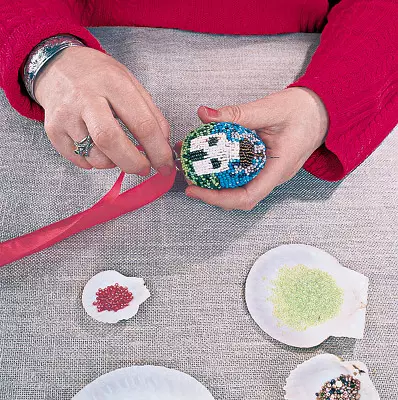
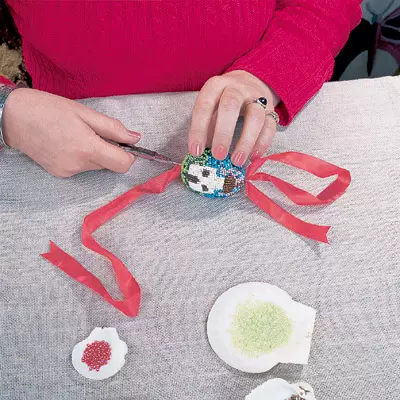
The editors are grateful to Valentina Nikolaevna Koshurachina for the presented assistance in the preparation of the material
